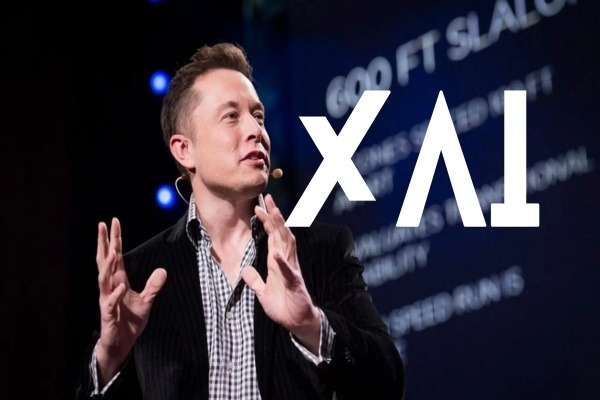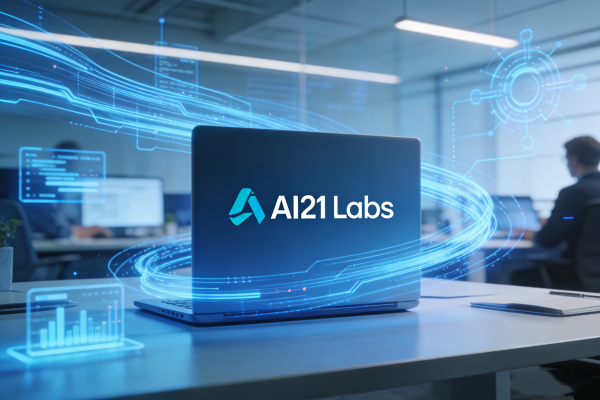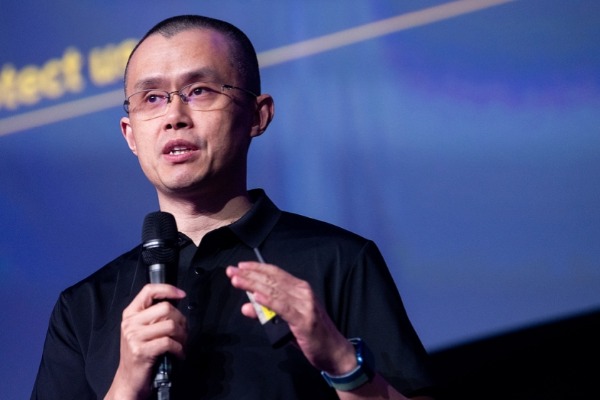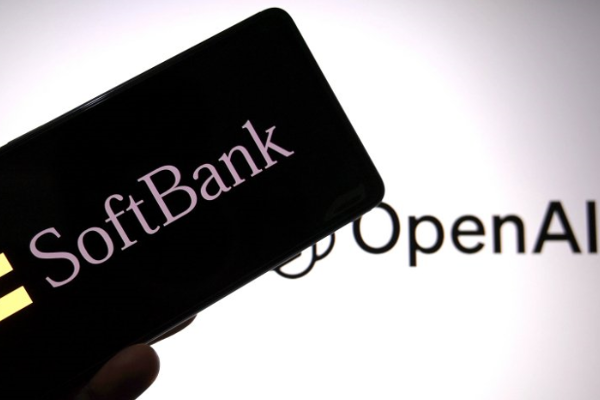Liquidity Protocol WAT: Heterogeneous Composite Architecture to Enable RWA Physical Assets on-chain
At present, the WAT protocol has signed contracts with assets worth 270 million US dollars, and it is expected to start asset tokenization transactions and TGE transactions in Q2 2025.
1. Introduction
The RWA track continues to gain popularity, and the integration of traditional assets and crypto assets has once again become the focus of the market. However, the technical implementation of asset chain, liquidity guarantee and investment security mechanism are still the core challenges restricting the development of this track. As a heterogeneous composite architecture solution, the WAT protocol (World Asset Protocol) introduces high-quality traditional assets into the chain ecosystem through an innovative asset mapping mechanism. While solving the liquidity dilemma of traditional assets, it builds an investment infrastructure for crypto investors that combines asset security, income stability and instant liquidity, effectively bridging the value gap between traditional finance and the crypto ecosystem.
2. Core Mechanism of WAT Protocol
The innovation of WAT Protocol lies in its five core functions
1. Traditional high-quality assets on-chain
Compliance pre-processing layer: Traditional enterprises submit asset certificates (property rights certificates, appraisal reports, historical income statements, etc.) that have been legally confirmed, and JPMorgan Chase and other licensed institutions complete the authenticity audit and value assessment of the documents to form asset endorsements that comply with the SEC/FCA regulatory framework;
Digital confirmation layer: The audited asset metadata (including cash flow model, collateral list, risk parameters) are cast into ERC721 confirmation NFT, and the on-chain ownership verification under the privacy protection of sensitive data is realized through zero-knowledge proof technology
Dynamic mapping layer: Deploy WAT-Mint_Smart_Contract smart contract group, cast the on-chain token symbol ATC (1ATC=1USDT) of the anchored asset based on the asset confirmation NFT, and the built-in cross-chain oracle synchronizes the off-chain asset audit report and financial data in real time to ensure the compliance mirror mapping of the token value and the underlying assets.
2. ICDAO (Investment Committee DAO)
As the first on-chain RWA investment governance protocol, it adopts a five-dimensional dynamic weight model (credit qualification, professional ability, liquidity management, governance contribution, and game calibration) to build an institutional decision-making system, quantifies the marginal contribution of members through the improved Shapley value algorithm, and realizes RWA asset on-chain review, dynamic risk assessment and compliance supervision. Members receive seigniorage share (0.3%), private subscription privileges and governance optimization rights based on their weight ratio, and rely on the on-chain federated learning framework and regulatory sandbox compatible modules to ensure that the decision-making mechanism has both the rigor of the traditional investment committee and the agility of the DAO organization.
3. Real USD income on the chain:
Require the traditional asset party to provide the real USD income of the asset, and inject the real USD through the foundation WAT-AMM market-making mechanism, so that the assets on the chain are not only the superficial mapping symbol ATC, but also can inject the real USD income and support the issuance of income tokens INC (Income Token), so that investors can not only tokenize and conveniently invest in high-quality physical assets, but also obtain the real USD income of the assets in reality, and can also obtain the additional future income brought by INC tokens.
4. Additional liquidity guarantee
In order to protect the rights and interests of investors, the WAT protocol requires the asset party to provide an additional liquidity pool to avoid liquidity shortage (the asset party shall at least take out an additional 10% of the asset value of USDT to ensure the liquidity transaction of ATC), and provide an additional INC token reward pool through the WAT-AMM market-making mechanism to ensure the safety and health of liquidity in all aspects, thereby ensuring and improving the investment experience.
5. RWAFi
The WAT protocol innovatively builds an RWA+DeFi compound income engine, and realizes the deep coupling of traditional asset income and on-chain composability through smart contracts: ①Build a layered income structure, and the cash flow of the underlying assets and on-chain strategies such as pledge mining and liquidity certificate derivatives form a superposition effect of income; ②Create an institutional-level liquidity pool to attract capital injection from family offices and asset management institutions, and build a dynamic balance model of capital efficiency and income stability through market maker incentive algorithms and cross-market arbitrage mechanisms. This mechanism enables investors to independently configure DeFi strategies such as leverage farming and income rights pledge while obtaining fixed income from underlying assets, so as to achieve risk-adjusted income optimization.
The WAT protocol solves the core paradox of the RWA ecosystem through heterogeneous architecture design: its five-dimensional core mechanism builds a composite protocol stack, and adopts a cryptographic verification framework to achieve dual protection of traditional asset liquidity conversion and crypto investor asset security. By building a three-layer structure of "physical assets-on-chain certificates-liquidity derivatives", the standardization and deconstruction of non-standard assets is completed, while the composability advantage of DeFi is retained, fundamentally bridging the structural contradiction between the liquidity of traditional financial assets and the investment logic of the crypto market
3. Comparison of WAT protocol with other types of projects
As can be seen from the above table, the WAT protocol provides real income and liquidity support while assets are on-chain, filling the gaps of RWA projects and DeFi protocols, making it more competitive in the market.
4. Application scenarios of the WAT protocol
High-quality asset parties:
High-quality assets with stable cash flow income, such as equity, gold, energy, and real estate funds, can be put on-chain through the WAT protocol to improve transparency and provide high-quality investment targets for the Crypto market.
Traditional financial institutions:
Banks and fund companies can use the WAT protocol to implement the supporting issuance of fund bonds and enhance financial liquidity.
Crypto investors:
Institutional and individual investors can obtain safer and more stable investment opportunities through the WAT protocol without worrying about liquidity risks. In addition to conveniently investing in high-quality assets, you can also obtain guaranteed US dollar returns and additional future returns from ecological tokens.
WEB2 investors:
Solve the understanding and trust of WEB2 users through the carrying of traditional high-quality assets, and through the convenient operation of RWA tokenization, traditional investors and funds will enter in large quantities to complete investment and financial management.
DeFi ecology:
The WAT protocol can be compatible with the existing DeFi protocol, providing a richer asset type for decentralized finance. Break the circle curse for the DeFi ecosystem, introduce financial laws, value support and funds, solve the problem of passing the flower in DeFi, and provide compound income products and services for WAT ecological investors.
5. Core mathematical modeling of the WAT protocol mechanism
1. Traditional asset chain model
After the traditional asset is chained, its mapping value on the chain can be expressed as:
If R=1, it means that the asset is fully chained. If R<1, some assets may not be fully chained due to compliance or liquidity factors.
2. Real income on-chain model
WAT protocol requires traditional asset parties to map real US dollar income to the chain to ensure the stability of investment. The income is calculated as follows:
S: income on-chain guarantee coefficient (0≤S≤1), reflecting the transparency and cashability of income
When S=1, it means that all income is fully mapped to the chain. If S<1, some income is not on the chain.
3. Additional liquidity support model
WAT protocol provides additional liquidity pools to ensure that investors can trade at any time without liquidity shortages. The size of the liquidity pool can be defined as:
L: the size of the total liquidity pool (including asset value and USDT additionally provided by assets)
α,β: liquidity weight coefficients (control the liquidity contribution ratio of traditional assets and Crypto assets)
When L is large enough, investors can trade without obstacles, and when L is too small, WAT protocol may need additional liquidity support mechanisms.
4. Comprehensive income calculation
Investors' comprehensive income in the WAT protocol includes the real income of traditional assets and DeFi income (such as Staking, lending, etc.). The new income calculation is as follows:
θ: DeFi income applicability rate (0≤θ≤1), indicating the proportion of assets that can be used for DeFi investment
The comprehensive income calculation of investors includes the real US dollar income of assets + future income of tokens + DeFi income, and investors' funds have richer and more flexible ways to increase their value.
6. WAT protocol asset management scale
Currently, the WAT protocol has signed contracts with assets worth 270 million US dollars, including: Aupera visual chip research and development company, JoHome real estate fund company, Middle East sovereign fund, Hong Kong Haris gold supervision warehouse, Cambodia quartz sand mine, Turkmenistan natural gas, etc. And continue to explore and sign contracts to introduce more high-quality physical assets.
It is expected that asset tokenization transactions and TGE transactions will be launched in Q2 2025!
7. Conclusion
The WAT protocol builds the RWA value exchange protocol layer through a heterogeneous multi-chain architecture. Its technological breakthroughs are reflected in:
① Integrate dynamic pricing mechanism and zero-knowledge verification framework to achieve efficient liquidity conversion of traditional assets and verifiability of on-chain income;
② Adopt a layered smart contract group (compliance verification module + risk isolation pool + liquidity derivative engine) to build a risk-return ratio optimized configuration plan for crypto investors under a compliance framework audited by a third party. Industry observation data shows that its protocol layer design has shown the synergy effect of connecting traditional financial infrastructure and DeFi ecology, providing key technical support for the standardization process of the RWA market.









